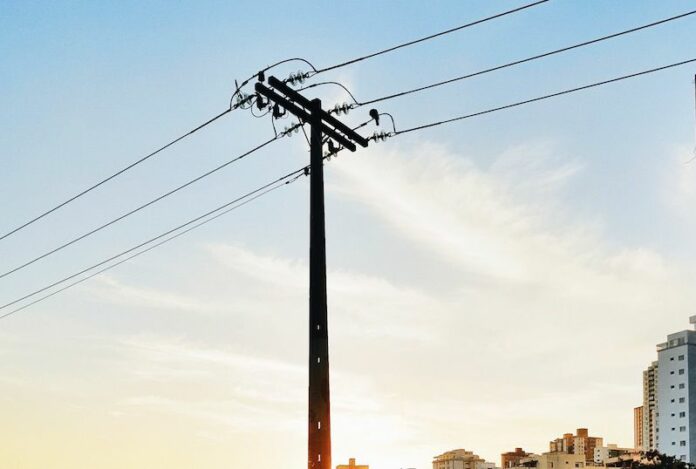Program gives qualified customers portable batteries for use during PSPS events
In a statement on Sept. 23, Pacific Gas and Electric Company (PG&E) has announced a new program seeking to preserve power for the vulnerable during public safety power shutoff (PSPS) events.
“As fire season is upon us and the uncertainty of the pandemic continues to unfold, PG&E is launching a program to further enhance safety when the power goes out for customers that depend on life saving medical equipment,” said PG&E’s statement.
The program is available before, during and after PSPS events when PG&E needs to turn off power during severe weather for public safety to prevent wildfires. The Portable Battery Program (PBP) provides no-cost backup portable batteries for eligible, income-qualifiedcustomers who live in high fire-threat districts (HFTD) and are also enrolled in the Medical Baseline Program. Additional eligibility requirements include a reliance on medical equipment that operates on electricity to sustain life.
Working in coordination with community-based organizations (CBOs), PG&E has identified approximately 10,500 customers who could qualify for this program.
The CBOs are conducting initial outreach to all 10,500 customers to assess their needs with a survey and based on these results, the CBOs will determine which customers are eligible to receive batteries. The CBOs then deliver the batteries to the homes of these qualified customers, set up the batteries and educate customers on how to safely operate and maintain the equipment.
The CBOs comply with all safety and health guidelines, including current COVID-19 federal, state and local regulations, by wearing proper personal protective equipment (PPE) such as face coverings and gloves when entering a home, not delivering equipment if they are feeling sick and sanitizing batteries prior to deliveries.
The PBP is administered by the following five Low-Income Home Energy Assistance Program (LIHEAP) providers: Butte Community Action Agency, Central Coast Energy Services, Community Resource Project, North Coast Energy Services and Redwood Community Action Agency. Richard Heath & Associates, a third-party energy program implementer focused on underserved communities, is also administering the program.
The PBP was initially scoped to provide approximately 4,000 batteries for income-qualified Medical Baseline customers in 2020 but has recently expanded to 8,000 batteries. PG&E provided $19 million to fund the 2020 effort.
“The safety of customers is our most important responsibility. We understand power shutoffs impact all customers especially those with medical needs. We are working with local organizations to provide portable batteries to customers who rely on medical equipment to live. We hope these batteries will help reduce fear and keep our customers safe before, during and after a shutoff,” said Laurie Giammona, PG&E senior vice president and chief customer officer in a statement.
There are additional programs for customers not qualified for this program, which include:
• The Disability Disaster Access and Resources Program, a joint effort with the California Foundation for Independent Living Centers (CFILC) to support people with disabilities and older adults before, during and after a PSPS event. The program enables qualified customers who use electrical medical devices to access backup portable batteries through a grant, lease-to-own or the FreedomTech low-interest financial loan program. Transportation resources, lodging and food options are also provided through an online application process to qualified customers. CFILC administers all aspects of the program.
• PG&E is a Program Administrator of the statewide Self-Generation Incentive Program (SGIP), which is providing financial incentives for Medical Baseline customers installing new, qualifying equipment for storing energy for their homes. The SGIP Equity Resiliency incentive is designed to allow customers to install a home battery storage system at no cost to them. In July, PG&E was approved for the SGIP Marketing Education and Outreach Plan and Financial Assistance pilot, both of which are specifically focused on supporting Medical Baseline customers in HFTDs. The Financial Assistance pilot alleviates the need for customers to pay upfront costs and enables additional customers to participate in the program.
59.5
F
Healdsburg
April 4, 2025








